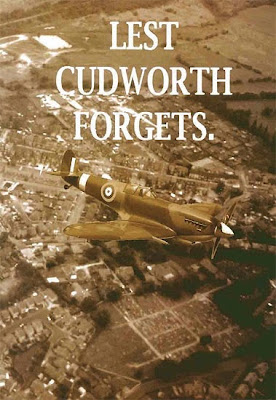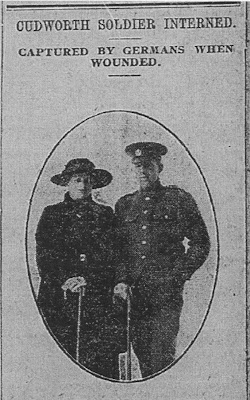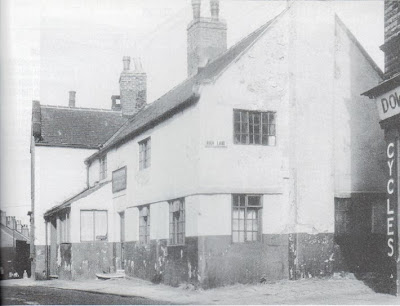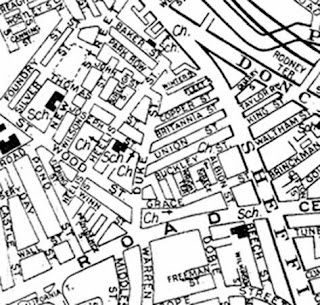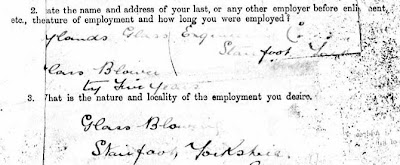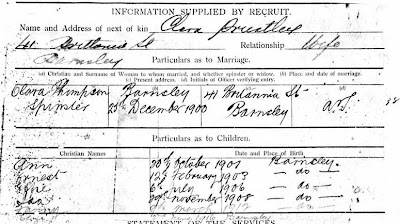I was completely shaken by this attitude - Ok, it was an older person, but not that much older than me I think. I've learnt to handle this modern stuff over the last few years, firstly email of course, then using forums as part of my Open Uni courses, later I learned to write webpages, that was through work, but I was able to use the skills I gained for CAMRA (Campaign for Real Ale) purposes and Family History networking.
 |
| One of the header pages on my Family History website |
I don't claim to be wonderful at HTML and all that kind of thing, but I did help my husband create an online pub index with a bit of help from a friend that works for Sheffield Uni and a very big fat book that he lent us. You can search on different fields and it's got pictures and everything!
 |
| The Barnsley CAMRA online pub guide entry for the Old No.7 |
Since I left work I've spent more and more time at home, I have to pace myself these days, but my daughter showed me how to use Facebook and I can still keep in touch with my old work colleagues and with my CAMRA friends online. I even introduced my mum (age 75) to Facebook via an iPad and she loves being able to see what my children, her grandchildren, are getting up to as we all live so far apart.
About eighteen months ago I decided to dabble in blogging - I had been impressed with the blog of Sue Marsh, a disability campaigner. I started by keeping my posts limited to invited friends and then as I got more confident and worked out the rules I was going to play by (no names, just initials, unless people are in the public eye already and nothing that would upset my mum or my kids) I threw the blog open to the world. At this point it's had over 40k hits and I get emails from people about it, interaction on Facebook and comments on my posts and it feels as if I'm connected again even though I don't go out much anymore.
 |
| My Twitter header, click the Follow button at the top left if you want to keep up to date with my posts |
Follow Linda Hutton's board Barnsley War Memorials on Pinterest.
Oh, and Pinterest too - not that good at this one yet, but I've got a board full of pictures of War Memorials and another for World War One resources and a couple for the main places my ancestors lived. It gives me a central point to refer to if I need to find some information.
Anyway it seemed perfectly logical to me to use Twitter and Facebook to publicise the Barnsley War Memorials Project ... but not so my colleague. This person thought that both sites were trite and full of inappropriate content and not at all the kind of place for a serious historical project.
Maybe today's piece in the Barnsley Chronicle will have pleased this person - a traditional paper and ink form of social networking, which will, I am sure, reach hundreds of people who don't tweet and who don't use Facebook. My blog has even generated a call just now from Radio Sheffield who want to interview me about planning your own funeral - and I agreed provided they let me plug the War Memorials Project - hopefully radio is an acceptable form of media - it has been around a while!
I think there's a place for all the different kinds of social media and if we ignore the new things we will miss out on reaching a whole new audience who don't read the newspapers and who wouldn't ever try going to the Archives to look up their soldier ancestors.
That's it, finished now, that's my opinion and I'm going to stick to it!





